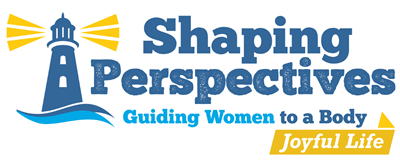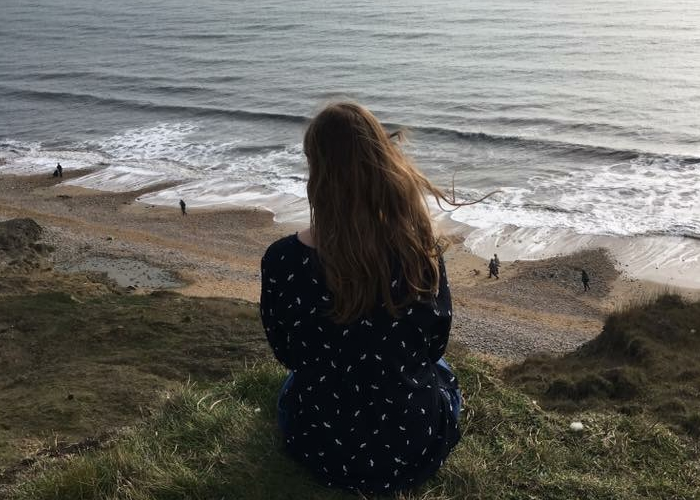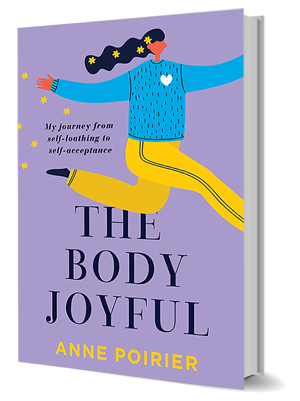“What is this life if, full of care, We have no time to stand and stare.” —W. H. Davies
You wake up in the morning and off you go. Shower, breakfast, walk the dog, get dressed, feed kids, answer emails, make appointments, do errands, go to work…The list of to-dos is endless. A moment of time for yourself becomes a bonus, and extra, a lucky break. Then when you get it, you feel guilty, or have no idea what to do with it!
Your doctors appointment just got cancelled last minute…
Congratulations! You are the winner of one unexpected free hour!
What will you do with your winnings?
Answer your email? Return to the project you were working on before you had to leave? Pay bills? Return phone calls?
Ever consider doing nothing?
If you’re like many of us today, the thought of doing absolutely nothing for an entire hour seems as wasteful as throwing a week’s worth of groceries out with the garbage. Indeed, free time with nothing to do can generate near panic among some of us who are overloaded and time starved.
The Need for Pause
“We seem to have a complex about busyness in our culture,” says Thomas Moore, author of Care of the Soul. “Most of us do have time in our days that we could devote to simple relaxation, but we convince ourselves that we don’t.”
And yet, the harder we push, the more we need to replenish ourselves. As Stephan Rechtschaffen, author of Timeshifting, says, “Each of us needs some time that is strictly and entirely our own, and we should experience it daily.”
The importance of this downtime, of pausing, cannot be overstated. It is essential self-care. We see more clearly, we hear more keenly, we’re more inspired, we discover what makes us feel alive.
On some level, we know this already. But claiming time to ourselves, time that is often labeled “unproductive” and sticking to it can be difficult. It feels foreign. Yet, it is important to to establish formal boundaries around our idle time to ensure that we, ourselves—honor this time.
5 Ways to take a PAUSE
- Make a date with yourself. Read a book, take a nature walk, watch a movie, take a nap. Get to know types of things you enjoy.
- Stand firm. Learn how to say “no” to co-workers, children, a spouse or a friend. Honor yourself and your quiet time.It helps to fill your cup so you can be more present with them later.
- Be clear about your needs. It’s not, “I need more time to myself.” It’s more like, “I’m willing to spend 20 minutes by myself in the morning before everyone gets up. It is important to my well-being”
- Be on the lookout for stolen moments. The canceled dental appointment to sit on a park bench watching pigeons.
- Practice doing nothing. “Doing nothing” is an art, and like all art it takes practice. The more you do it the easier it gets.
How we define idle time varies person to person. For example, for one person, gardening may be meditative downtime, whereas for another, it is one baking a nice dessert for the family. The woods are a great place to stroll through for one person, an opportunity to be in and with nature: for another, it’s a great place for an “podcast” walk.
Our idle time should be like a beautiful flower: it has no purpose. It’s just there. And yet, it refreshes us and reminds us of nature’s glory.
Do something that has no purpose other than joy. Take a half-hour a day to surprise and delight yourself. Keep it simple and keep it consistent. If your idle time becomes a “program,” or becomes progress toward some productive goal, begin again.
It’s stunning, how simple it really is.
Join us for Treat Yourself Tuesday’s over at the Body Joyful Revolution (a private FaceBook page) , where we stress the importance of self care, pausing and living in the moment. See you there!


